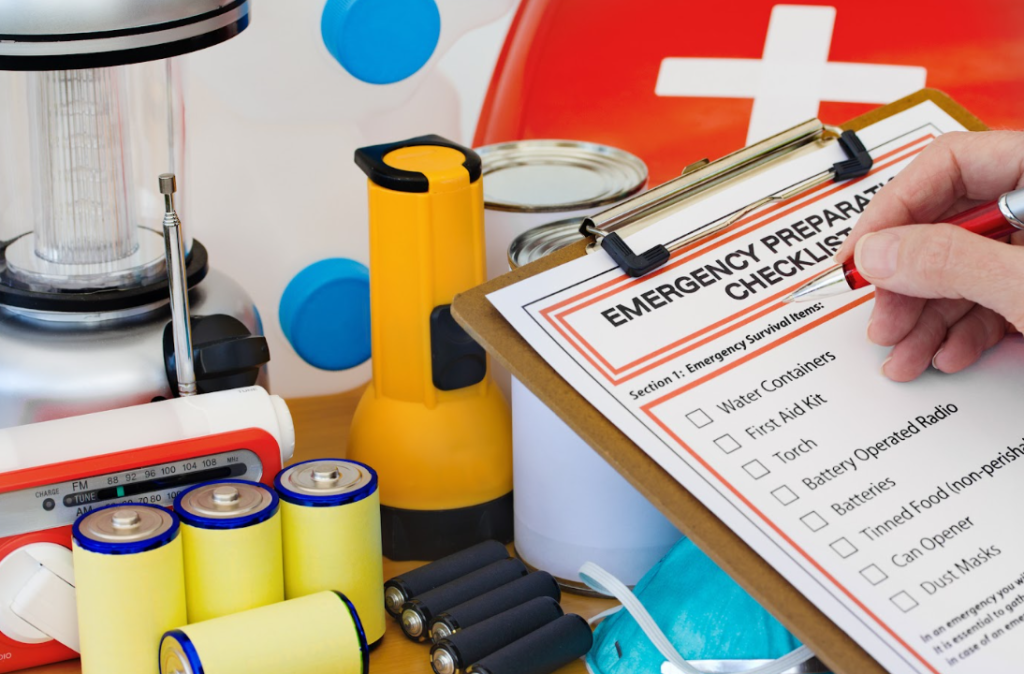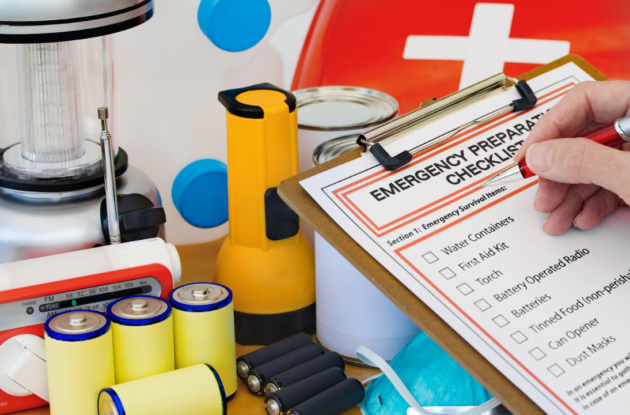
Emergency preparedness has become essential to contemporary life, particularly as people confront a rise in natural disasters and unexpected power outages. A comprehensive emergency strategy encompasses basic necessities such as food, water, and medical supplies and prioritizing a consistent power supply. This aspect is critical for maintaining safety and normalcy during unpredictable and challenging situations.
This article delves into the integration of home generators into your emergency preparedness plan, highlighting their importance, types, installation, maintenance, and safety considerations.
Table of Contents
- 1 1. Understand The Importance Of Reliable Power During Emergencies
- 2 2. Know What A Whole House Generator Is
- 3 3. Choose The Right Home Generator
- 4 4. Consider Installation And Safety
- 5 5. Ensure Routine Maintenance And Testing
- 6 6. Factor In Fuel Storage And Management
- 7 7. Educate Family Members
- 8 Conclusion
- 9
1. Understand The Importance Of Reliable Power During Emergencies
Reliable power during emergencies isn’t just a convenience but also a necessity. It plays a pivotal role in ensuring the continuous operation of essential appliances and systems critical for health and safety. Refrigerators, for example, are vital for preserving food and medications. Heating and cooling systems maintain a livable environment, particularly under extreme weather conditions. For individuals reliant on medical equipment such as oxygen concentrators or dialysis machines, uninterrupted power is a matter of life and death.
Furthermore, in this technology-driven world, power is indispensable for lighting, keeping communication channels open, and maintaining security systems. During prolonged power outages, a stable power supply transitions from a convenience to a critical factor for comfort and survival, highlighting its importance in any emergency preparedness plan.
2. Know What A Whole House Generator Is
A whole house generator stands as a robust solution for uninterrupted power supply in emergencies. These systems are engineered to provide sufficient power to run an entire household. Unlike their portable counterparts, whole house generators are installed permanently, typically outside the home, and connected directly to the house’s electrical system. They’re designed to detect power outages automatically and activate automatically without the need for manual startup, ensuring a seamless transition from grid power to generator power.
This capability is crucial in ensuring that essential home functions, such as medical equipment operation, refrigeration, and heating/cooling systems, continue uninterrupted. Integrating a whole house generator into an emergency plan adds a layer of security and preparedness, ensuring you remain functional and safe during unexpected power interruptions.
3. Choose The Right Home Generator
Choosing the right home generator is crucial and depends on multiple factors. The size of the generator is paramount; it must be capable of handling your home’s power demands. To determine this, you must calculate the total wattage of the appliances and devices that need to be powered during an outage. This calculation ensures that the generator chosen can adequately support critical systems without being overburdened.
Fuel type is another significant consideration. Generators typically run on natural gas, propane, or diesel, and each fuel type has its advantages and installation requirements. Natural gas generators, for instance, offer convenience if a gas line is already available, while diesel generators are known for their efficiency and longevity. Budget also plays a role in this decision. Balancing the initial investment with operational costs and potential savings in emergencies is important.
Choosing the right generator involves carefully assessing these factors to ensure it meets your specific needs and provides reliable power during emergencies.
4. Consider Installation And Safety
The correct installation of a home generator is a crucial aspect of ensuring both safety and functionality. Engaging licensed professionals for the installation process is highly recommended, as they’re well-versed in adhering to local building codes and safety regulations. These experts ensure that the generator is correctly positioned and ventilated, not only to prevent hazardous build-ups but also to ensure optimal performance.
Additionally, installing carbon monoxide detectors in your home is vital, as generators can emit dangerous gases. These detectors can provide an added layer of safety, alerting residents to any potentially harmful emissions.
5. Ensure Routine Maintenance And Testing
To guarantee the reliability of your home generator, especially in times of emergency, regular maintenance is essential. This involves routine checks such as monitoring oil levels, replacing filters, and ensuring the generator runs at regular intervals to maintain its condition.
It’s also advisable to schedule professional maintenance checks. These checks can help identify and rectify any potential issues before they become major problems, ensuring the generator functions optimally when it’s most needed.
6. Factor In Fuel Storage And Management
Effective fuel storage and management are pivotal for efficiently operating a home generator. It’s important to maintain an adequate fuel supply, stored in compliance with safety guidelines to prevent accidents. For generators running on natural gas or propane, maintaining a consistent and reliable fuel supply is essential. This involves planning for potential supply disruptions, which can occur during widespread emergencies.
Proper fuel management ensures your generator is always ready for use, providing uninterrupted power during critical times.
7. Educate Family Members
Educating all family members about the operation and safety protocols of the home generator is an important aspect of emergency preparedness. This education should cover how to safely start and stop the generator, identify which appliances can be powered by the generator, and understand the signs of potential malfunctions or safety hazards. This knowledge empowers each family member, enabling effective responses in emergencies, ensuring the safe and efficient use of the generator. Familiarity with the generator’s operation can significantly enhance your household’s safety and preparedness.
Conclusion
Incorporating a home generator into your emergency preparedness plan is a proactive step towards ensuring safety and comfort during power outages and providing peace of mind. It requires thoughtful consideration of your specific needs, professional installation, regular maintenance, and an understanding of safety procedures. With a whole house generator in place, you can have peace of mind that your home is equipped to handle unexpected power disruptions effectively.

